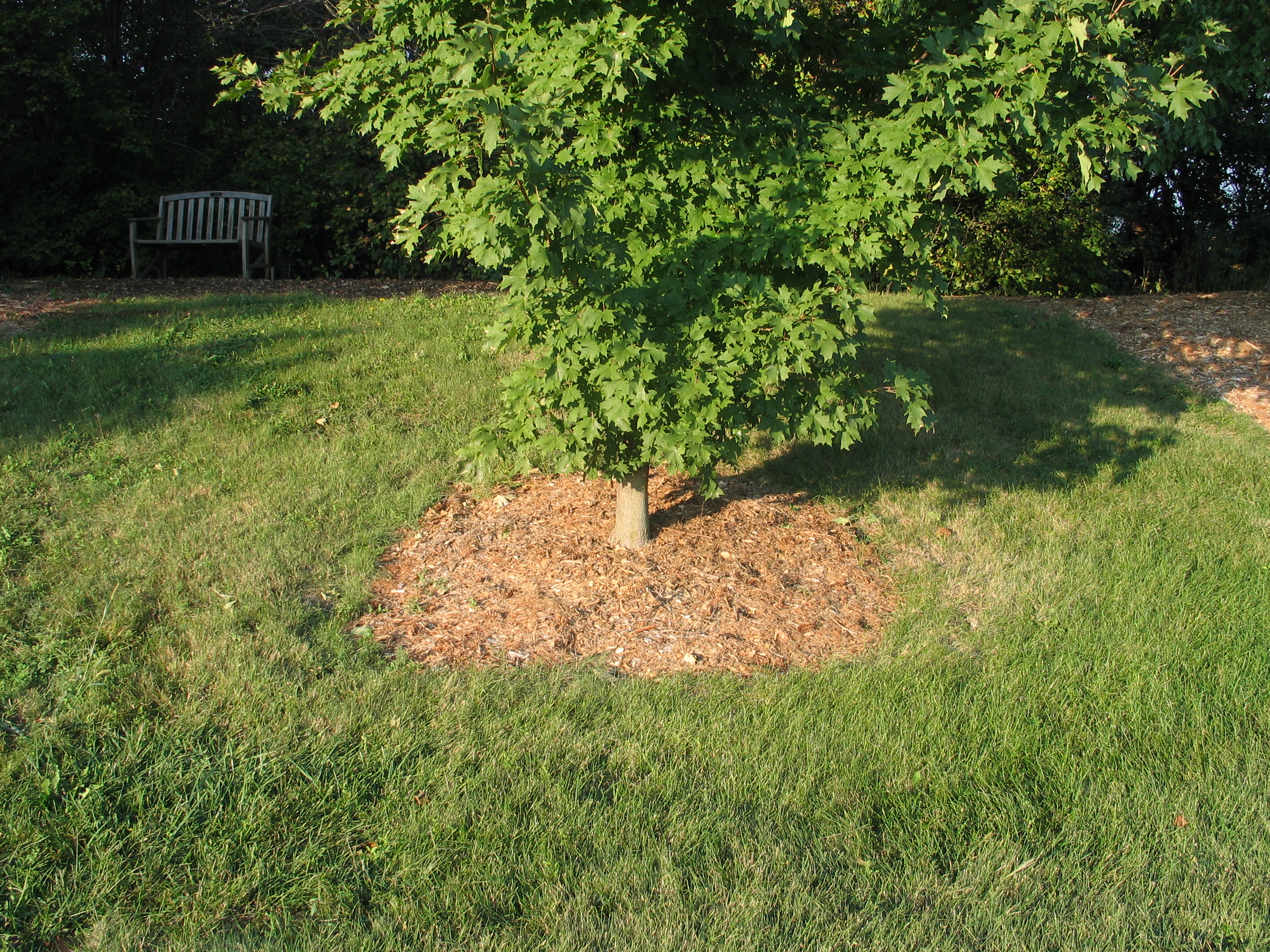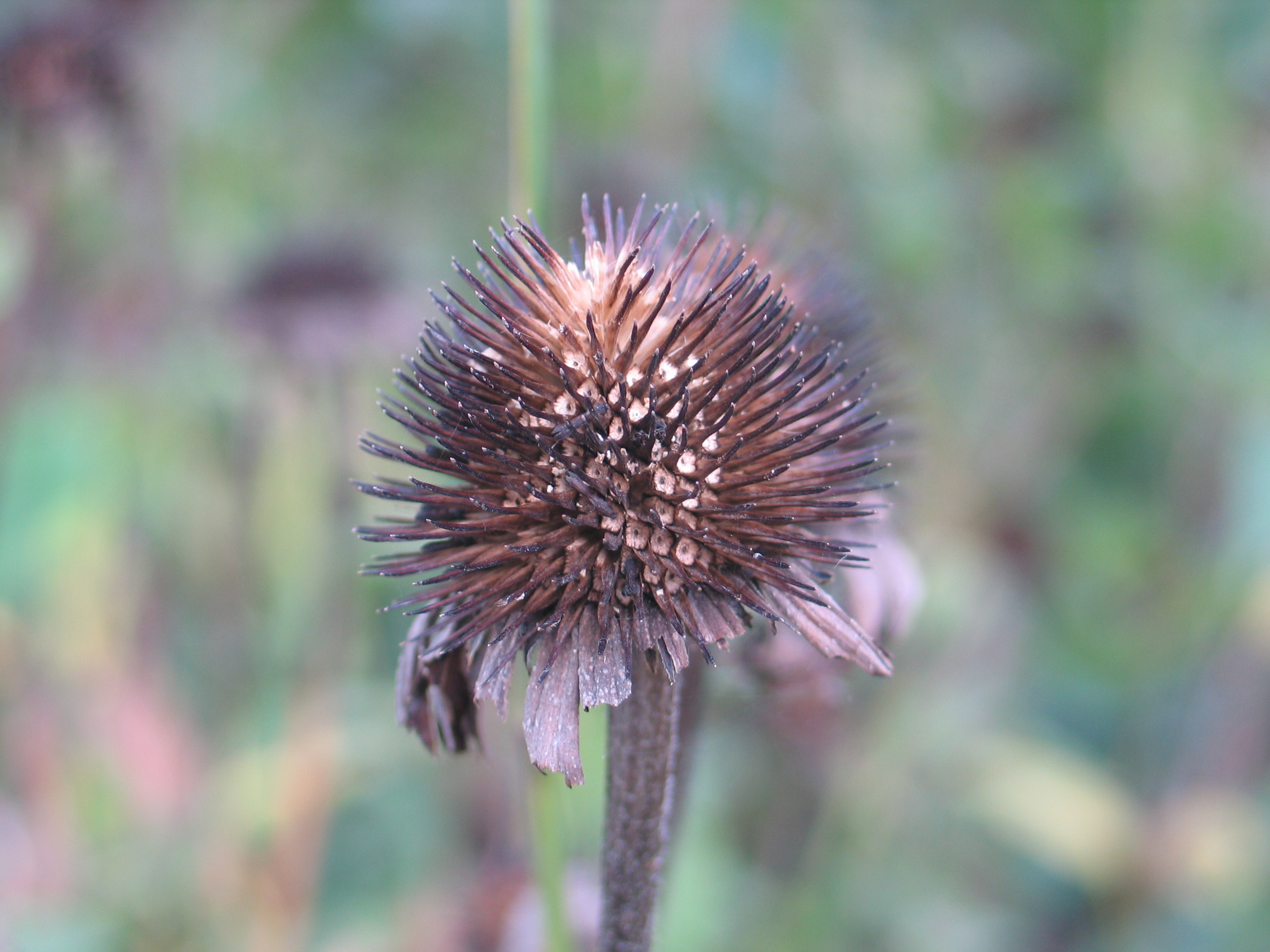Gardening in the fall is different from gardening during the summertime. In my opinion, autumn yard work could barely be called work and borders on fun. The weather is perfect. Cool days with warm sunshine lure us outdoors. Take advantage of this wonderful season, because winter will be here before we know it. There is so much that can be done in our landscape, but how do we prioritize those chores? Here is a list of dos and don’ts to help focus your efforts this autumn season:
Dos:
1. Plant anything and everything.
Trees, shrubs, and perennials benefit from warm soils and beneficial autumn rainfall. Plants properly established will have a head start next spring. Perennials should be planted well before the end of October. Install spring blooming bulbs, tree and shrubs before the ground freezes.
2. Take inventory and think spring
Analyze each area in your yard to determine how plants performed through the year and what will enhance the landscape. A quick check now will guide your efforts next spring.
3. Clean up leaves
Remove leaves from display beds so that plants don’t get smothered. Collected leaves can be composted, which makes excellent plant food and humus. Analysis shows that, when composted, leaves from most trees can contain up to twice as many minerals as aged manure.
4. Mulch
Fall is a great time to mulch all your plants. Mulching now will help protect roots from extreme temperatures while also helping the soils to retain moisture in a typically cold, dry winter. We apply 2-3 inches of new mulch around perennials, trees and shrubs. Be careful! Don’t allow mulch to contact the stem or trunk. We leave a halo around the plants to aid in air exchange and drying. Too much mulch can cause more harm than good.
5. Water
It is vital that perennials, trees and shrubs are adequately watered throughout the fall. Newly installed plants don’t have a fully established root system and would benefit from periodic watering. If the top 1-2 inches of soil is dry, the plants need water. Evergreen trees continue to need moisture in winter, so irrigate thoroughly if needed before the ground freezes.
Don’ts:
1. Do not remove seed heads and stalks.
In certain gardens, we deadhead spent blooms on plants such as gray-headed coneflower to prevent seeding. Other seedheads are left through the winter as food sources for birds. We leave ornamental grasses through the winter. They provide texture and movement in the winter landscape. These beds will be cleaned up in the spring. Seedheads to leave through the winter include black-eyed Susans, sunflowers, coneflowers, grasses, and trees and shrubs with berries.
2. Do not remove habitat.
Logs, leaf piles, brush piles and perennials such as grasses are havens for insects that overwinter in the garden. These beneficial insects will be drawn to your yard if you provide even just a few of these elements in the landscape.
3. Do not prune trees and shrubs.
Keep in mind that fall is NOT the best time to prune trees and shrubs. It encourages new growth that will not get hardened off before winter, making it susceptible to damage. Prune trees in the winter after they have gone dormant. Shrubs can be pruned in the winter as well, but only if they bloom on new growth. Pruning spring blooming shrubs in the winter will remove next year’s blooms. Prune these after they have finished blooming in the spring.
4. Don’t let leaves smother your lawn.
Too many leaves will shade lawns and choke out grass. Either rake and collect them or shred them if they are not too thick.
5. Do not leave out weather-vulnerable pots.
Clay pots are an investment that can be lost with the first freeze. If the soil inside the pot freezes, it will expand, causing it to crack. It is best to remove the soil and put the pot in the garage or tip upside down. There may be ways to” winter proof” these pots with soil in them, but I don’t like to take the chance.
6. Don’t let weeds go to seed.
This seems obvious, but those weeds have a way of hiding. Look thoroughly at your landscape. A little work now with weed removal will pay dividends next year.
Don’t stay indoors this fall. Do have fun being outdoors in your landscape!



